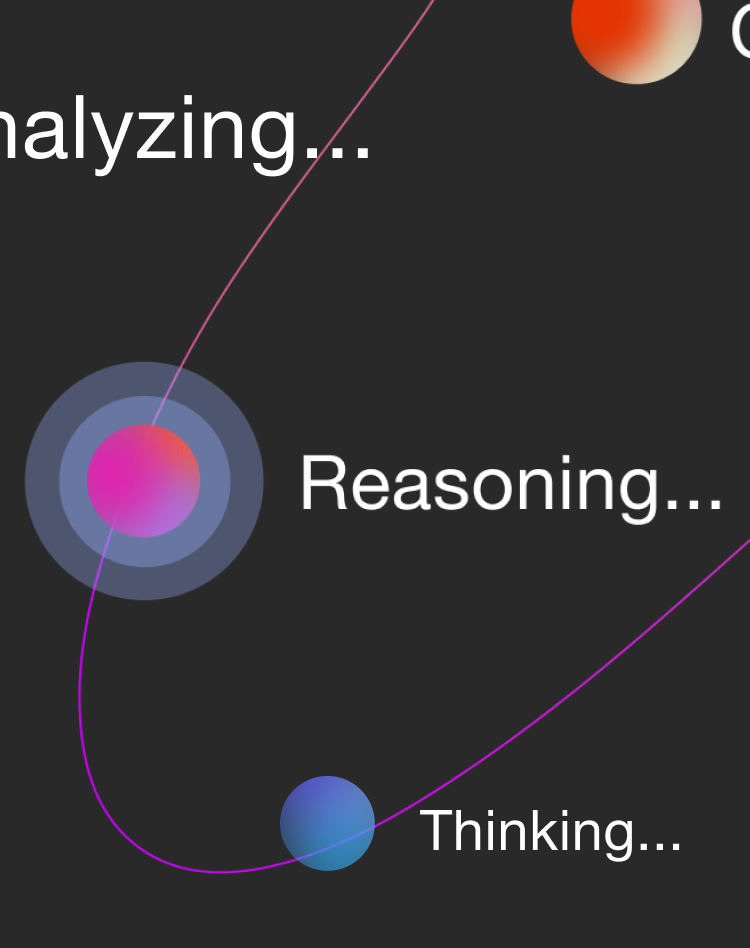Practices
UX Design Meets AI: Best Practices for Building Context-Aware, Trustworthy Interfaces
At Selma Digital, we don’t view AI as a feature—it’s a behavior layer. Artificial intelligence has been embedded within digital products for years, but recent advancements bring new opportunities to light. In order to design the best product experiences today, we must focus not only on what these new technology systems can do, but also on how they behave, communicate, and evolve in relationship with users.
Today’s use of AI has redefined what a user interface can be. It is no longer just screens and flows; it’s adaptive, conversational, and increasingly invisible. Designing within that complexity requires more than aesthetics or usability heuristics. It requires systems thinking, ethical foresight, and a strong design point of view.
Beyond Utility: What AI Brings to UX—And What It Can’t Replace
AI provides real advantages:
Learn Faster – Behavioral Insight at Scale
From clickstreams to language models, AI surfaces patterns that help us design smarter.
Add Flexibility – Personalization and Adaptation
Interfaces can now shape themselves to individual preferences and histories that are tailored to individual needs and desires.
Improve Experience – Predictive Design
Anticipating intent before it’s expressed allows us to reduce friction and increase flow for customers.
Ideate Faster – Generative Tools
Designers gain creative leverage, accelerating iteration and expanding exploration.
But AI is not creative. It’s not strategic. It doesn’t understand brand tone, emotional nuance, or business context. That’s where design leadership matters. At Selma Digital, we use AI as augmentation, not automation. Human-centered design, and community centered design, remains our foundation.
Testing AI Products: Designing for Systems That Learn
AI systems introduce a different kind of uncertainty. They’re probabilistic, not deterministic. That means we must change how we evaluate these systems.
Traditional usability testing assumes fixed outputs. AI products require more fluid, observational methods. At Selma Digital, we frequently use Wizard-of-Oz testing to simulate AI behaviors before implementation—allowing us to test tone, timing, trust, and user expectations early, without technical overhead. This helps our clients identify behavioral patterns, risks, and usability gaps that static wireframes won’t reveal.
We also design feedback loops into the product experience itself–ways for users to correct, guide, or retrain the system. Because if it’s going to learn, it has to learn from the people it serves.
Designing for Context: When AI Behaves Intelligently
Context-awareness isn’t a buzzword—it’s critical infrastructure for AI interfaces. We design products that adapt based on:
- Environment (e.g., public vs. private space)
- Time and rhythm (e.g., weekday vs. weekend use patterns)
- User state (e.g., intent, pace, or emotional tone)
- System confidence (e.g., when the AI is uncertain, it should communicate that)
These signals shape the interface dynamically. For example, a financial research tool might offer deeper guidance when it senses hesitation, or strip back information when the user is acting decisively. Context-aware product experience feels thoughtful, rather than intrusive.
Motion as a Language of Trust
In AI-powered systems, motion isn’t a flourish—it’s feedback. A well-timed animation can:
- Signal processing or pause
- Indicate confidence or uncertainty
- Reinforce cause and effect
We design motion to communicate what the AI is doing—and why. Done right, this builds trust. Done wrong, it creates cognitive dissonance. Our motion systems are intentionally minimal, legible, and emotionally appropriate. Because if users are going to trust AI, they need to read its behavior intuitively.
Selma Digital’s Principle: Intelligence Should Feel Human, Not Machine-Like
We believe intelligent systems should feel human-aware, not human-like. We’re not trying to anthropomorphize AI—we’re trying to make it legible, respectful, and useful. The best AI UX isn’t seamless—it’s self-aware. It tells you what it knows, what it’s doing, and where the edge of its ability lies.
Our approach blends systems design, brand experience, and behavior strategy to help clients launch AI-driven products that people actually want to use. Whether it’s fintech, enterprise tools, or emerging consumer applications, we design adaptive systems that feel precise, personal, and alive.
Because at the end of the day, technology should serve people—not the other way around.





